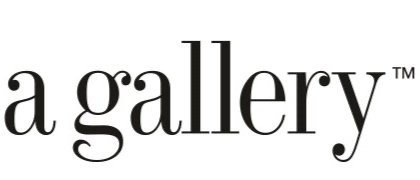First principles thinking
First principles thinking drives complex problem solving and workplace innovation through reverse engineering. Companies that employ first principles thinking are one step ahead as they plan and build for the future.
First principles thinking requires embracing a new mindset that identifies when our old way of doing things is obsolete. A shift in thinking that discards conventional wisdom, cuts through the dogma and questions our own beliefs.
Traditional thinking: How do we typically think?
Starts with limitations
Iteration and improvement of an existing path
Explore available solutions in the form of variations of what exists without true knowledge
Look back in time and then determine what to build
Question the path taken to reach a certain goal
First principles thinking: How we should think?
Starts with the possibilities
Define and explore a completely new path
Create a new recipe from the fundamental truth
Look into the future and its needs
Ask the question - “What’s the goal?”
First principles thinking requires breaking down a problem into its fundamental building blocks, its essential elements, asking powerful questions, getting down to the basic truth, separating facts from assumptions and then constructing a view from the grounds up.
It requires understanding that our experience may be different from reality and true knowledge can be attained by learning to integrate different ideas together. It fills the gap between the incremental mindset to opening ourselves to the beautiful world of possibilities.
Companies that succeed do not ask “What exists”. They ask “What’s possible” and then determine how to get there. In a quest to create a better version, they do not limit themselves to iteration on what exists. They are not trapped in how things are done traditionally. Rather they apply first principles thinking and break the mental barriers to determine what it is that must be done, even if that means starting from scratch.
Such companies understand that the truth of yesterday may not be the reality today. They look at the world through a new lens everyday, go back and question assumptions and explore new possibilities.
Answers simply serve as a launch pad to discovery. They’re the beginning, not the end. Our ability to make the most out of uncertainty is what creates the most potential value. We should be fueled not by a desire for a quick catharsis but by intrigue. Where certainty ends, progress begins.
